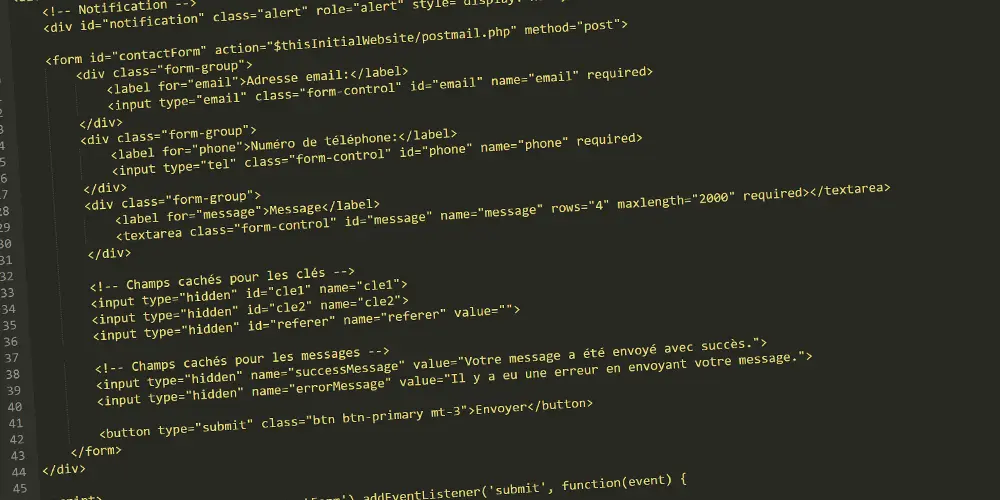[[param]]heading=Nicomatic Know-how[[/param]]
The Increasing Amount of Data in Electronic Systems and the Potential Impact of Cross Talk
The increasing amount of data in electronic systems can have a disastrous result if the impact of cross talk is not anticipated.
In the event of electromagnetic interference (EMI, RFI, or EMP), the cable’s conductor acts like an antenna and picks up the radiated signals. The reception of this interference will inevitably affect the integrity of the initial signal.
Today, data rate is increasing exponentially and high-speed protocols are omnipresent.
A proper shielding features as a key part of the design.
- The backshell as a rear part of the NICOMATIC DMM MIL-DTL-83513G connector is used to secure the cable and to avoid stresses to the soldered/crimped part of the contact. It also shields against electrical interference (EMI/RFI protection) with Transfer Impedance (Zt) under 200mOhm from 10 KHz to 400MHz (compliant with MIL-STD-1377 (screened cable/connector method). Made of Aluminium 6061 with chemical nickel finish, it protects from mechanical damages.
- The back chimneys are designed in an ellipse shape that is fully compatible with common banding systems. Bands and clamping hand tools are available on our website. Openings allow wires to be fastened with a band clamp system and also to ground the shielding of the twisted pair cable. There are 2 backshell designs available, split and mono.
- The split backshell is fully compatible with all Nicomatic DMM connectors, and designed as a two-piece shell. The fixing hardware is mounted on the connector and the locking of the two parts of the shell does not interfere with the harness which is made independently in a previous stage. This means that the hardware is quick and easy to assemble.
- The mono backshell is fully compatible with all Nicomatic DMM connectors. Given that it is lighter and smaller, it is a smart and cost-effective solution for the series stage.
- The flange has a strong impact on EMI performance in case of panel mounting. As it fills the space between the panel cut out and the connector, it greatly improves attenuation (up to 15dB). The chart on the next page represents the attenuation according to the IEEE-STD-299-1997 (Standard Method for Measuring the Effectiveness of Electromagnetic Shielding Enclosures).
[[darkstyle]]In the same way, EMI O-Ring DMM, as an evolution of the DMM flange, provides advanced performance for extreme requirements. For more information, please consult our "Exclusive DMM pages.[[/darkstyle]]
[[tooltip-box]]Ploblem solved|
- Prevents Signal Degradation from Electromagnetic and Radio Frequency Interference (EMI/RFI)
- Reduces Cross Talk in High-Speed Data Transmission
- Minimizes Mechanical Stress on Soldered and Crimped Connections
- Ensures Compatibility with Common Banding and Clamping Systems
- Simplifies Assembly with Split Backshell Design
- Improves EMI Attenuation in Panel-Mounted Applications (up to 15dB)
- Provides Enhanced Shielding for Extreme EMI Requirements
- Protects Against Physical and Mechanical Damage
- Offers a Cost-Effective Solution for Series Production
- Allows Flexible Grounding Options for Twisted Pair Cables
[[/tooltip-box]]
[[video]]https://www.youtube.com/embed/ieiUzn6O4-Y?si=3NVjTP9TKr0oHXc4[[/video]]



